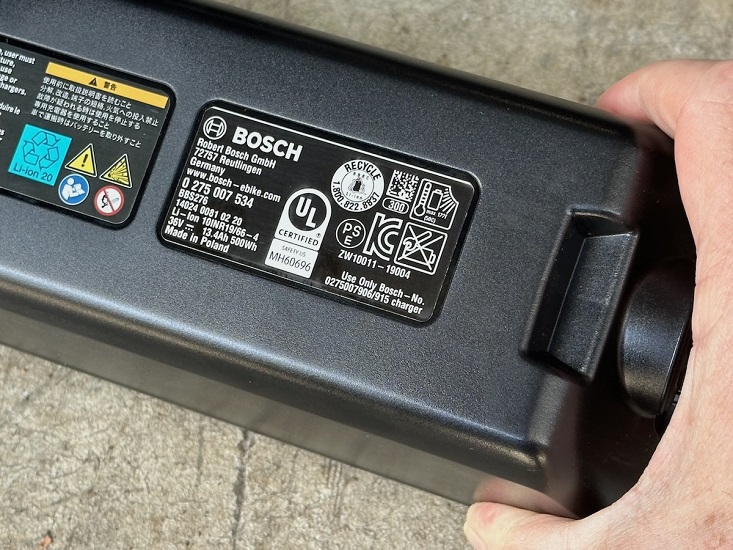
Some links may be affiliate links. We may get paid if you buy something or take an action after clicking one of these.


The initiative lays out 36 commitments to position cycling as a strategic priority in the EU. Not only does the declaration encourage pro-cycling measures, it also makes backtracking on commitments to cycling complicated, requiring more effort to undo a policy than to initiate one.
Kristian Brink, President of Cycling Industry Europe’s Bike Share Expert Group said, “It’s a historic moment for an industry that was always considered a ‘complement’ to public transport. Now, private cycling is aligned with the rest of mobility choices and puts it at the same level of legal dignity as a car, just more environmentally friendly.”
The declarations call on governments to position cycling as an important measure in meeting climate accords, such as the European Green New Deal; to invest in cycling infrastructure; gather better data on cycling in order to better evaluate current and future policy decisions; and develop measures that will increase the ability of older people and people with disabilities to ride.
According to Tony Grimaldi, the president of Cycling Industries Europe, he expects that the cycling industry will create 1 million new jobs by 2030. He believes that the bulk of these new jobs will develop in the service sector. They will include bike assembly and maintenance as well as jobs devoted to tourism.
In recent years, particularly during and since the pandemic, we’ve seen an increasing number of U.S. communities adopt measures to increase pedestrianization and cyclability that first gained acceptance in Europe. While the walkability of U.S. cities lags far behind cities in Europe, we are seeing changes. It’s our hope that this declaration can serve as a blueprint for U.S. cities to follow.
Sponsors
Reader Interactions
![]()
![]()






